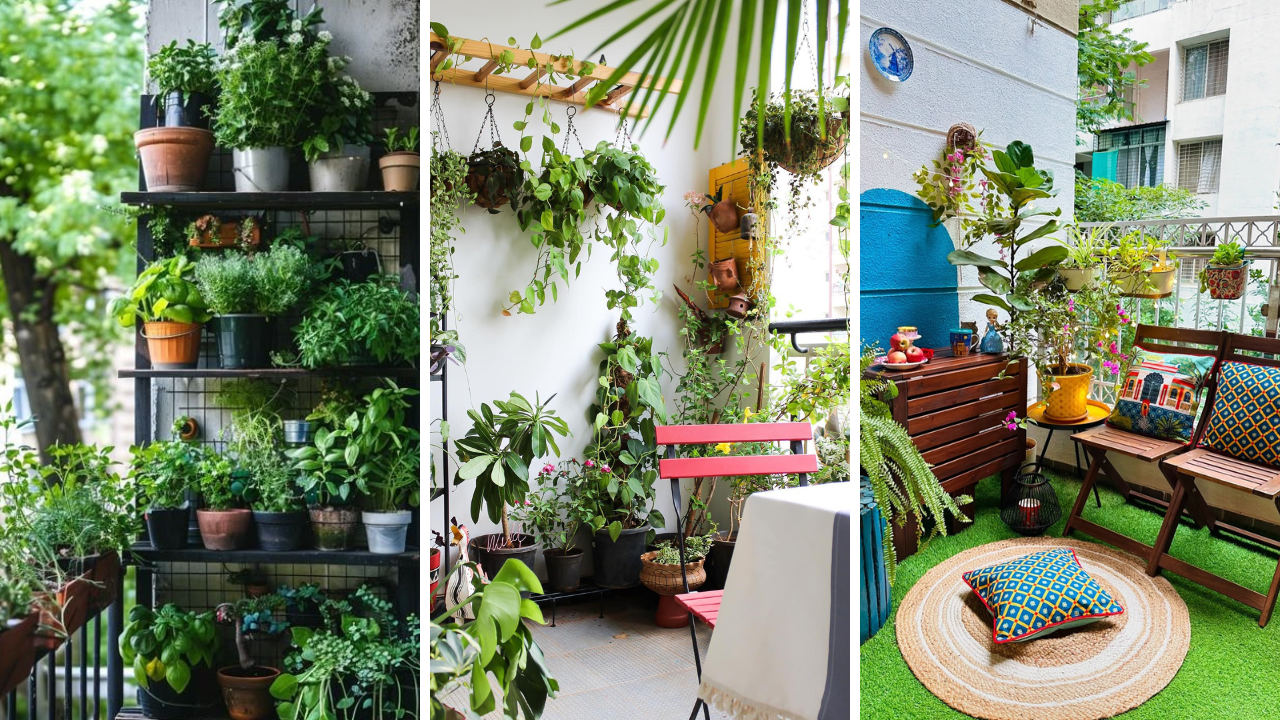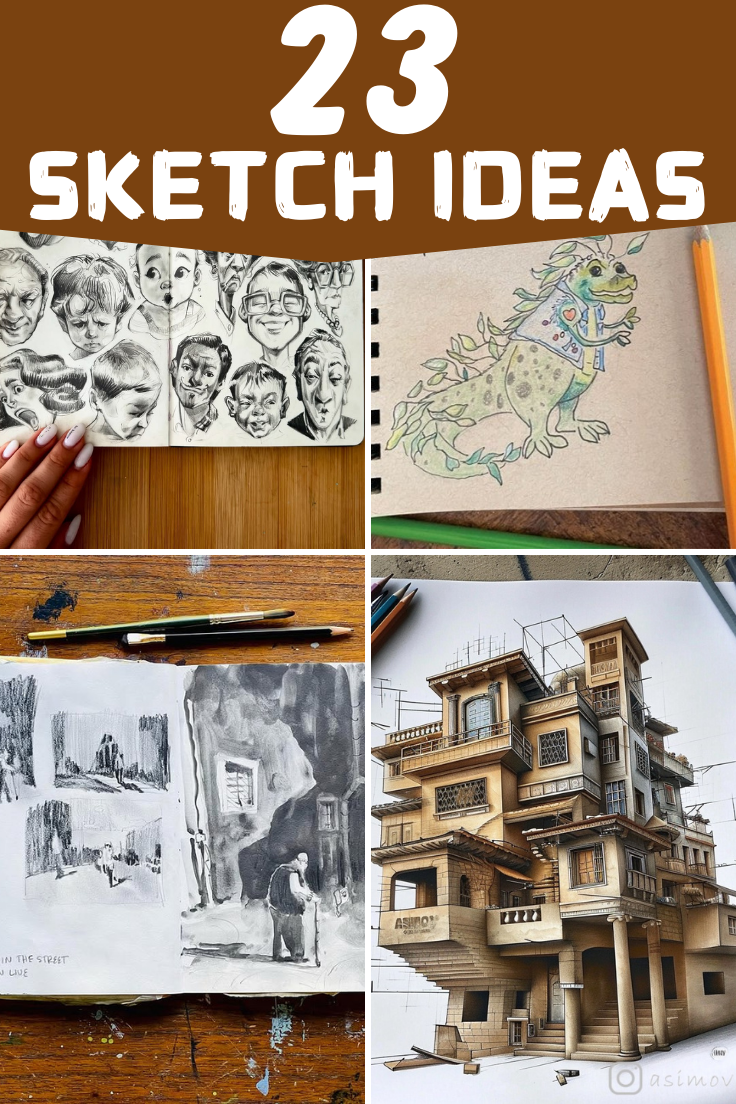
Sketching is a fantastic way to unlock creativity, relieve stress, and improve artistic skills. Whether you’re a beginner looking to start with simple doodles or an advanced artist seeking fresh inspiration, sketching allows you to express emotions, explore different styles, and experiment with techniques. The beauty of sketching is that all you need is a pencil and paper—yet the possibilities are endless. From intricate portraits to whimsical doodles, this list of 23 sketch ideas will help you discover new ways to enhance your drawing skills. Plus, if you’re looking for high-quality sketching tools, we’ve included some great recommendations available on Amazon to make your creative process even more enjoyable. So, grab your sketchbook, find a cozy spot, and let your imagination flow with these exciting sketch ideas!
1. Floral Illustrations: Capture Nature’s Beauty
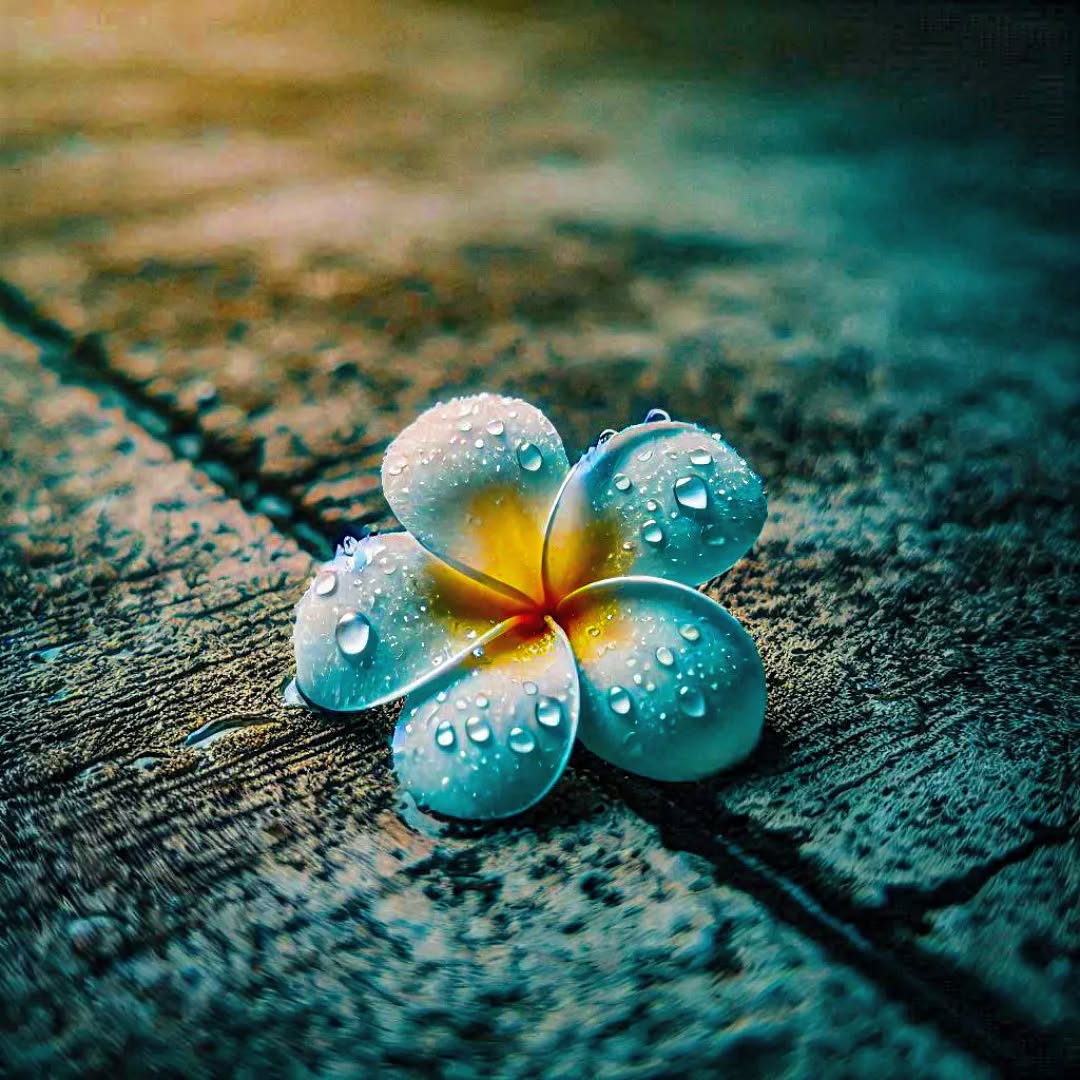
source @perfect_click_432
Flowers are a timeless sketching subject, perfect for both beginners and experienced artists. Start with simple blossoms like daisies or tulips before progressing to intricate roses and peonies with detailed shading. Sketching flowers helps you master organic shapes and develop patience as you layer petals, leaves, and stems. You can also experiment with different art styles, from realistic botanical illustrations to loose, expressive floral doodles. If you’re looking for the best tools to enhance your floral sketches, consider using fine-tip pens for detailing or watercolor pencils for a soft, blended effect.
2. Portrait Sketches: Express Emotion Through Faces
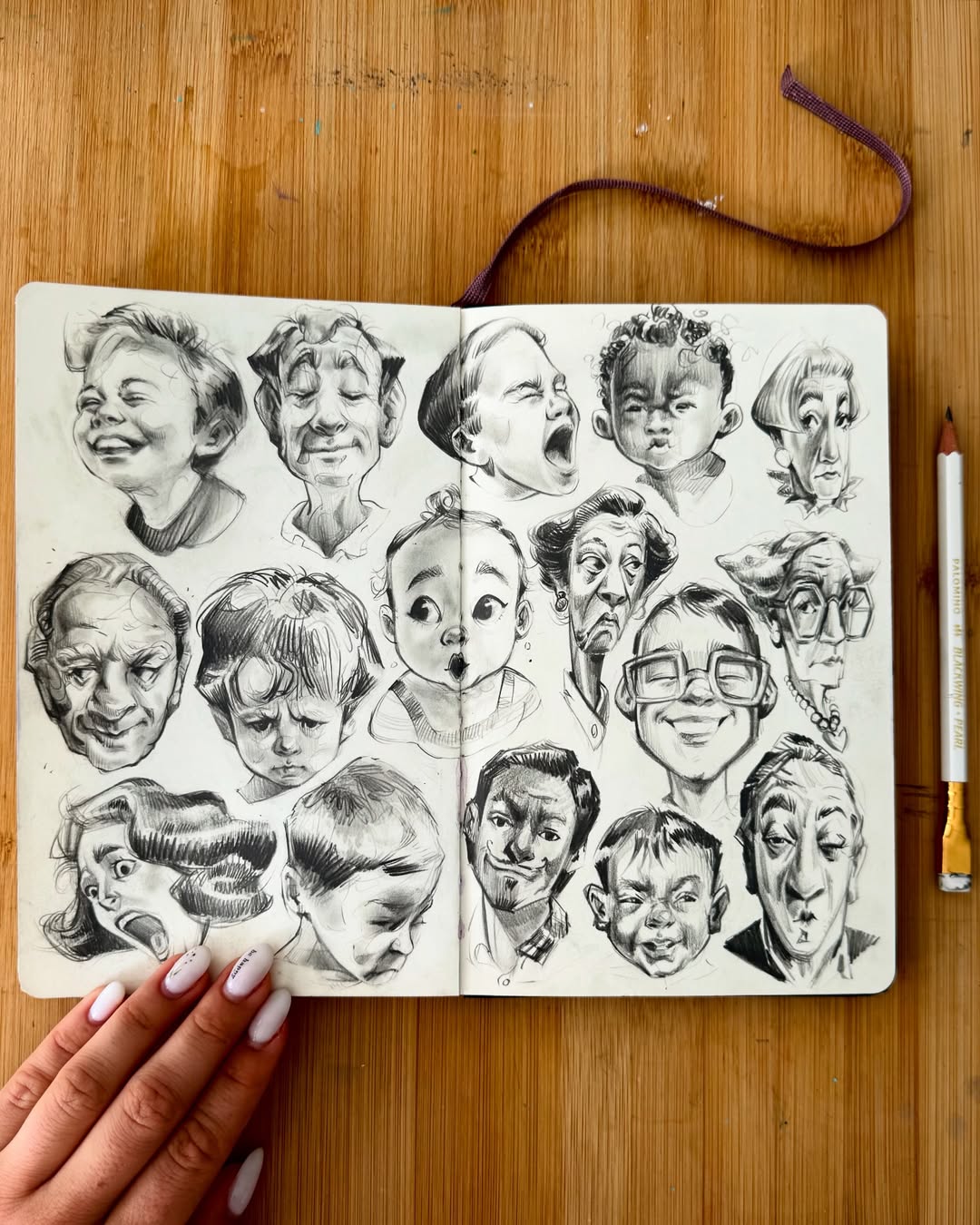
source @jess.karp
Drawing faces is one of the most challenging yet rewarding aspects of sketching. A good portrait sketch captures not just the likeness but also the emotion and personality of the subject. Start by sketching simple facial structures and features like eyes, noses, and lips before moving on to full portraits. Pay close attention to shading, as it adds depth and dimension to your sketches. If you’re struggling with proportions, using a grid method or light sketching lines can help. To refine your skills, invest in high-quality sketching pencils and an eraser set to create soft blending effects.
3. Architectural Drawings: Bring Buildings to Life
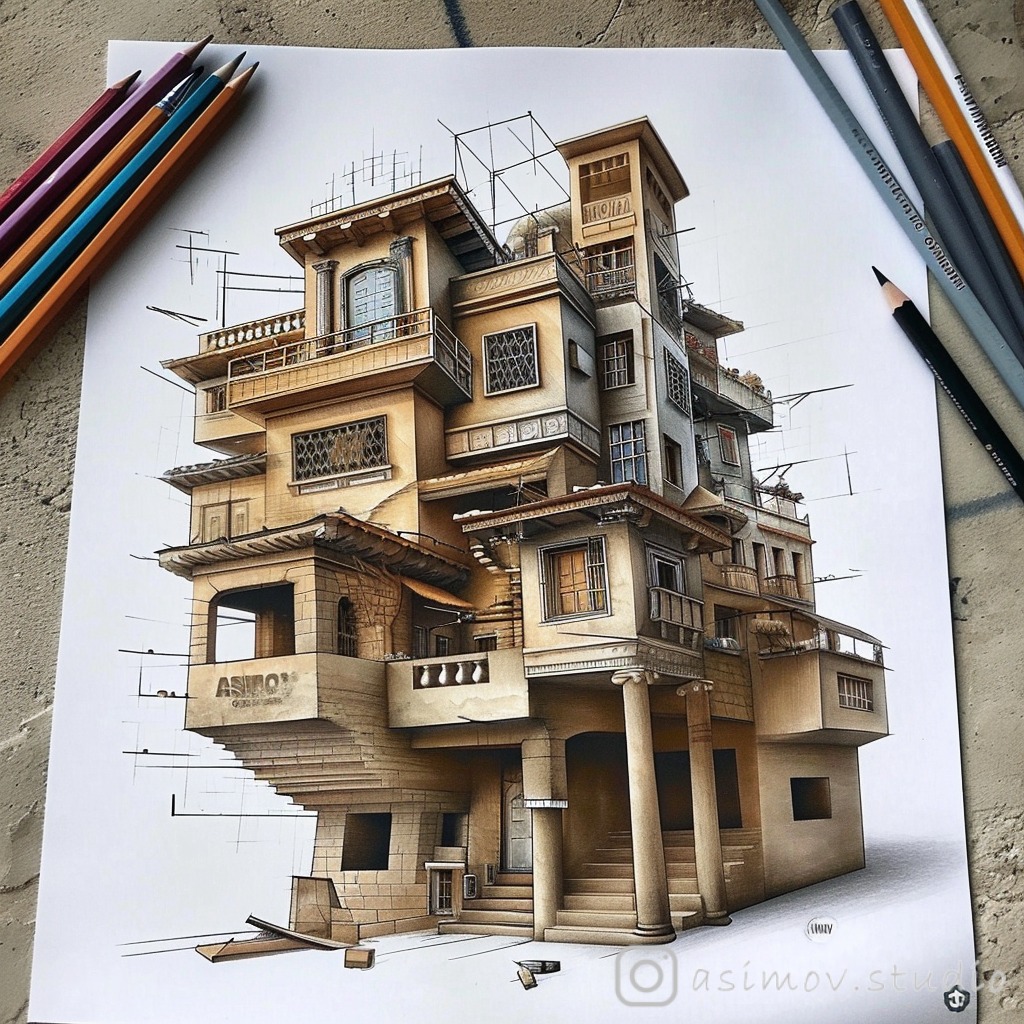
source @asimov.studio
Architecture provides endless inspiration for sketching, from modern skyscrapers to charming cottages and historical landmarks. Focus on perspective and symmetry to create realistic buildings, playing with depth and intricate details like windows, doors, and rooftops. If you’re new to architectural drawing, start with simple structures before tackling complex cityscapes. A ruler and fine liners will be your best friends in achieving crisp, precise lines.
4. Fantasy Creatures: Let Your Imagination Run Wild
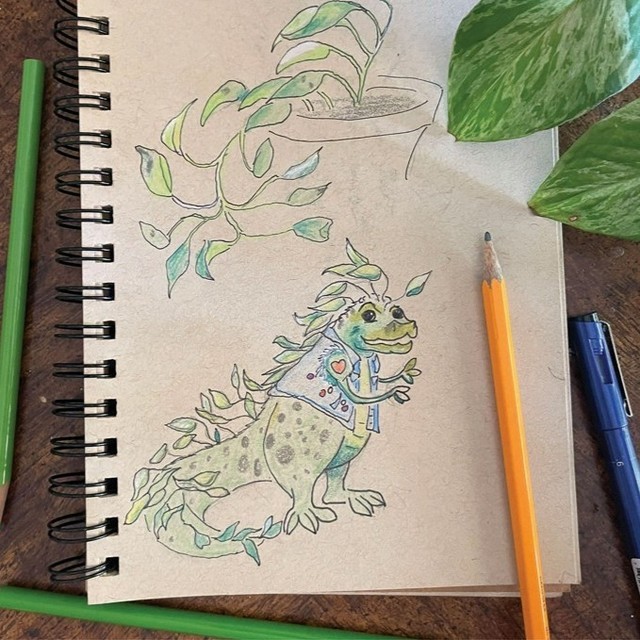
source @dbgphx
One of the best ways to unleash your creativity is by sketching fantasy creatures. Dragons, unicorns, mermaids, and other mythical beings allow you to step outside the box and create something entirely unique. You can blend different animal features, add elaborate textures like scales and fur, and experiment with imaginative poses. For added depth, use blending tools to enhance shading and highlights.
5. Animal Sketches: Practice Capturing Movement
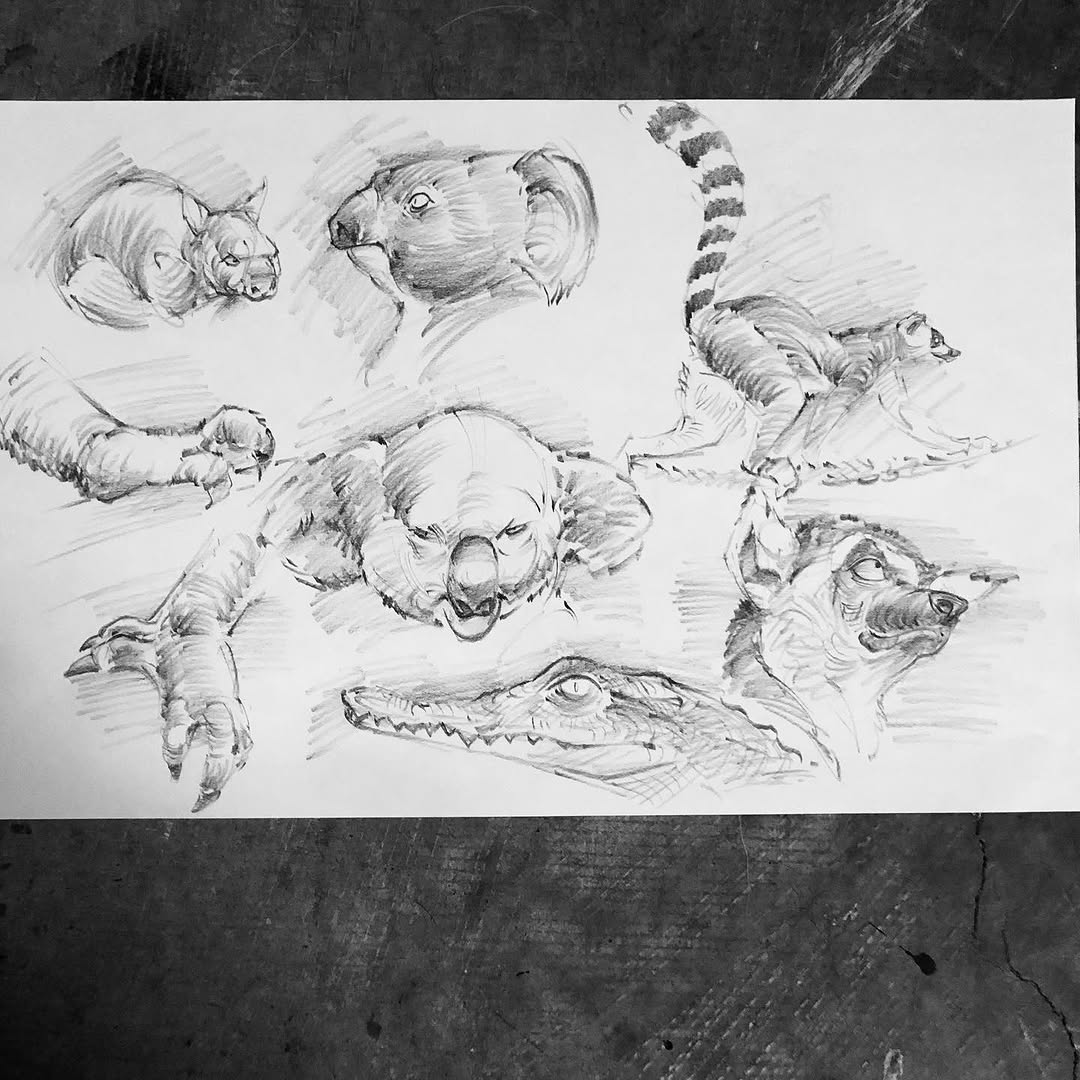
source @rchrd.powell
Animals make wonderful sketching subjects, offering a variety of textures, shapes, and poses to practice. Start with your favorite pet or try sketching wild animals like lions, birds, or elephants. Pay attention to fur or feather details and capture the essence of movement, whether it’s a cat stretching or a horse galloping. Soft graphite pencils work well for achieving smooth shading.
6. Fashion Sketches: Design Stunning Outfits
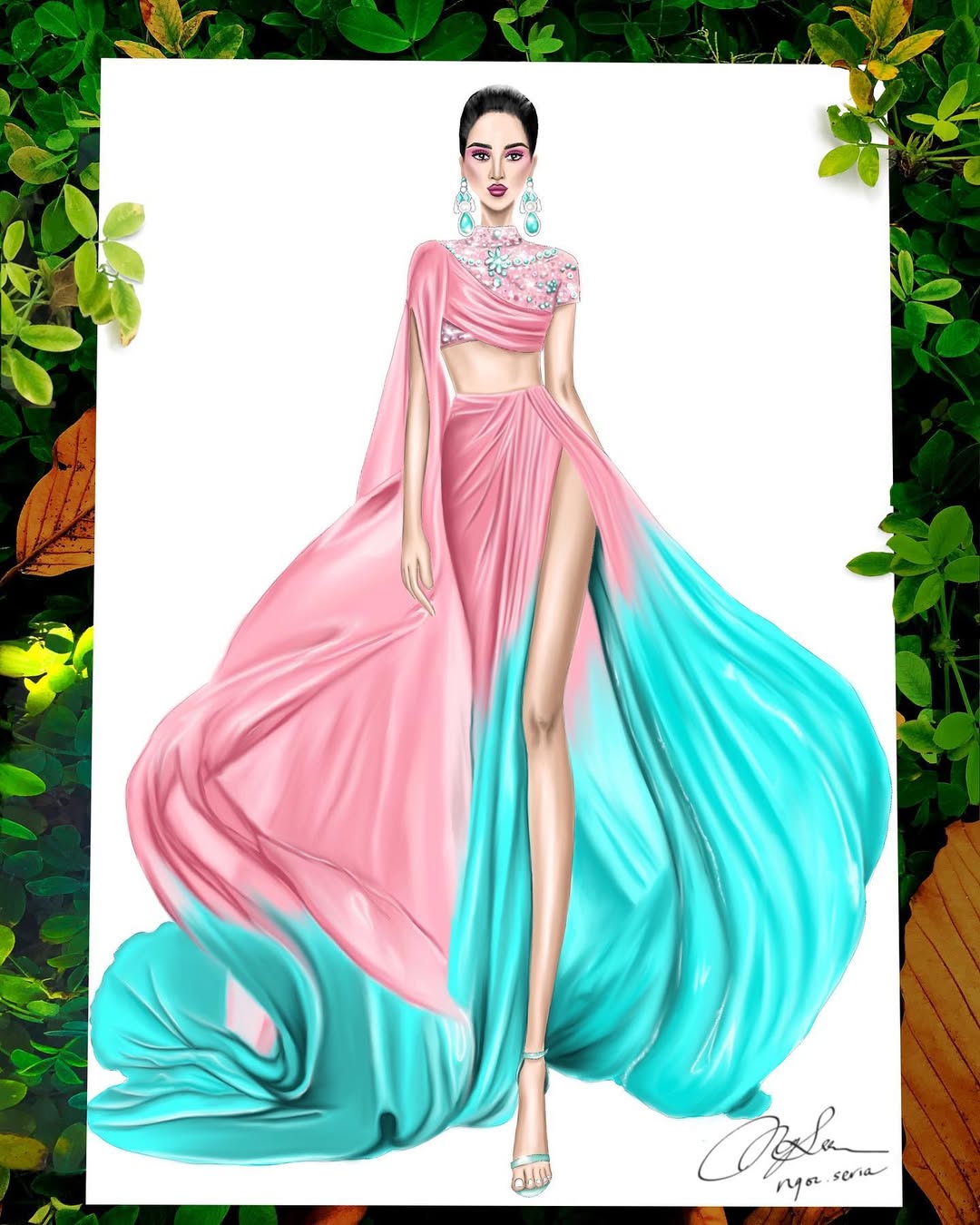
source @ngoc.seria
Fashion sketching is perfect for those who love clothing design, offering an exciting way to express creativity while exploring different fabrics, textures, and styles. Whether you’re sketching elegant evening gowns, casual streetwear, or futuristic outfits, understanding body proportions and fabric flow is essential. Pay attention to details like ruffles, buttons, embroidery, and accessories to add realism to your designs. To enhance your sketches, consider using alcohol markers or colored pencils, which help bring designs to life with rich hues and blending capabilities. If you’re serious about fashion illustration, a lightbox tracing pad can be a useful tool for refining your figures and layering different design elements.
7. Still Life Studies: Master Light and Shadow
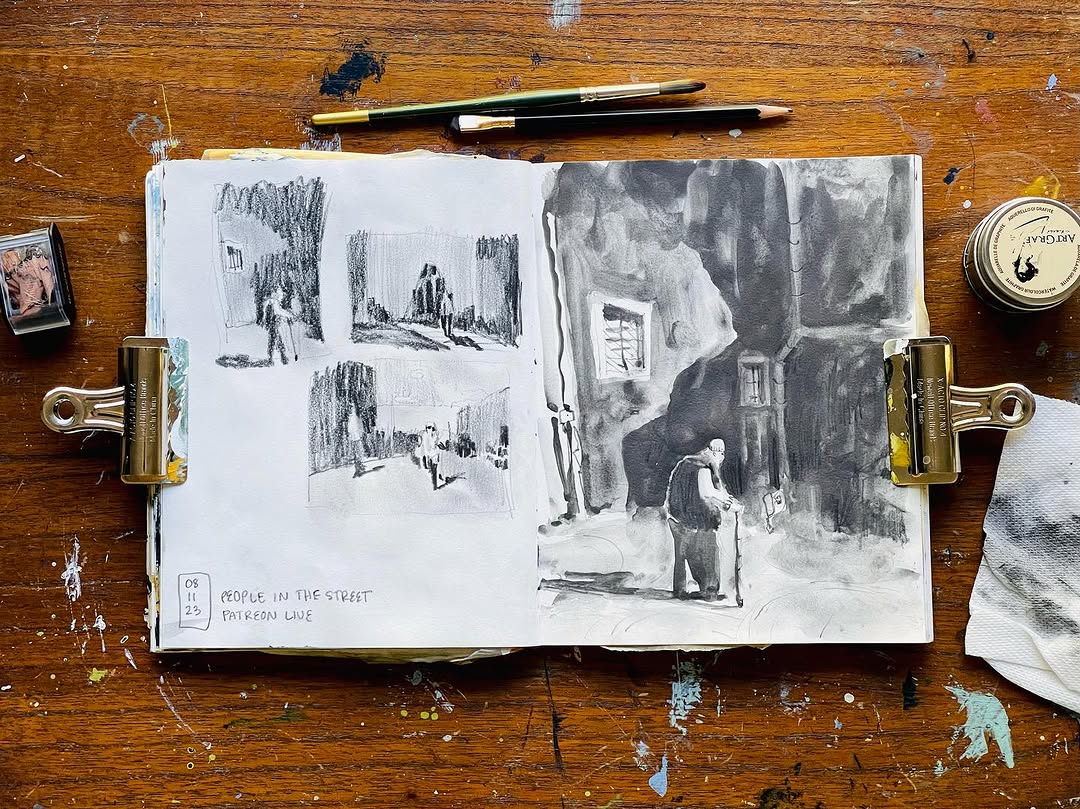
source @sketchitstudio
Still life sketches are essential for mastering shading, composition, and perspective. Arranging objects such as fruit, books, glassware, or flowers provides an excellent way to study how light interacts with different surfaces. You can experiment with various angles and lighting conditions to improve your ability to capture reflections, textures, and subtle shadows. A high-quality set of sketching pencils and blending tools, like tortillons or blending stumps, can help achieve a smooth transition between light and dark areas. If you want to challenge yourself, try sketching a still life in different styles, such as hyper-realistic or impressionistic.
8. Mandalas: Relax with Intricate Patterns
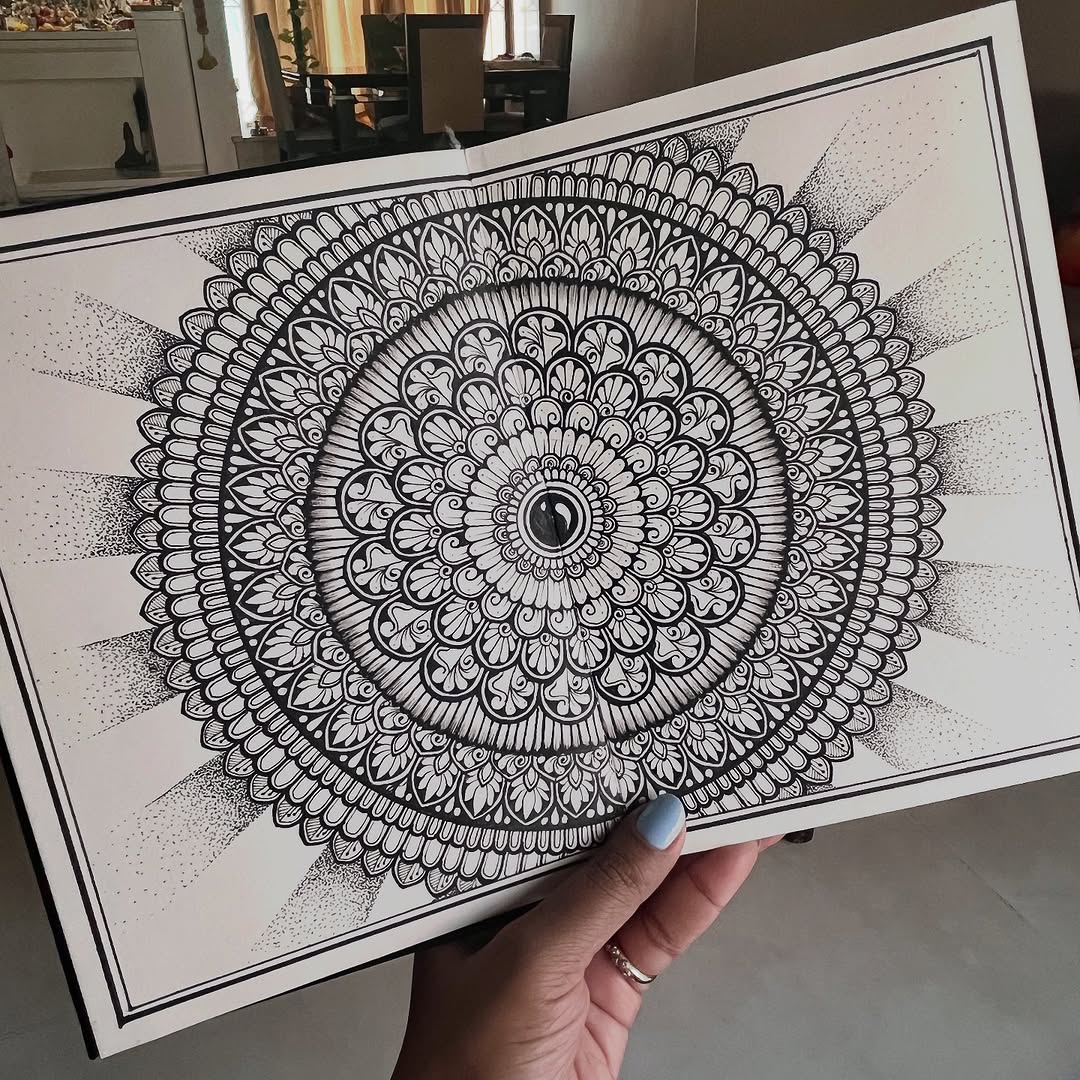
source @the_tangle_hub
Mandalas are intricate circular designs that promote relaxation and mindfulness while improving drawing precision. These mesmerizing patterns often include symmetrical shapes, floral motifs, and geometric elements. Creating mandalas allows artists to practice patience and balance as they build designs from the center outward. If you’re looking to perfect your mandala art, using fine liner pens for crisp details and a compass for accurate circles can be incredibly helpful. Digital mandala templates can also serve as inspiration for hand-drawn designs.
9. Cartoon Characters: Develop a Unique Style
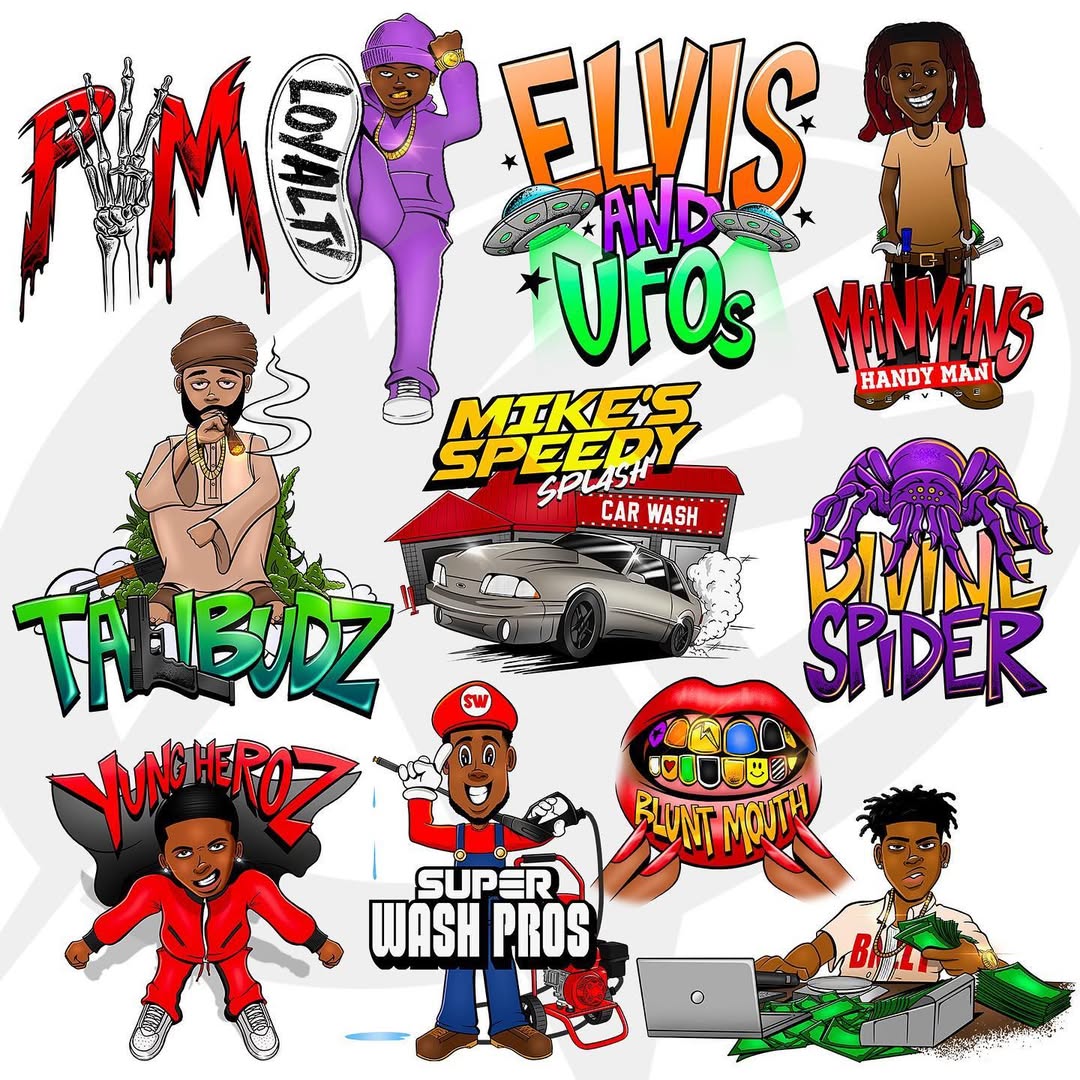
source @kbgfx
Cartoon sketches allow you to experiment with exaggerated features, bold outlines, and expressive emotions. Whether you’re drawing classic cartoon characters or creating your own, focusing on simplified shapes and playful proportions makes the process enjoyable. Start by practicing basic cartoon anatomy, then explore different facial expressions, dynamic poses, and character accessories. For vibrant results, alcohol-based markers or gel pens can help add color and personality to your creations. If you love animation, learning how to storyboard or sketch character turnarounds can elevate your skills.
10. Mythological Figures: Reimagine Legendary Stories
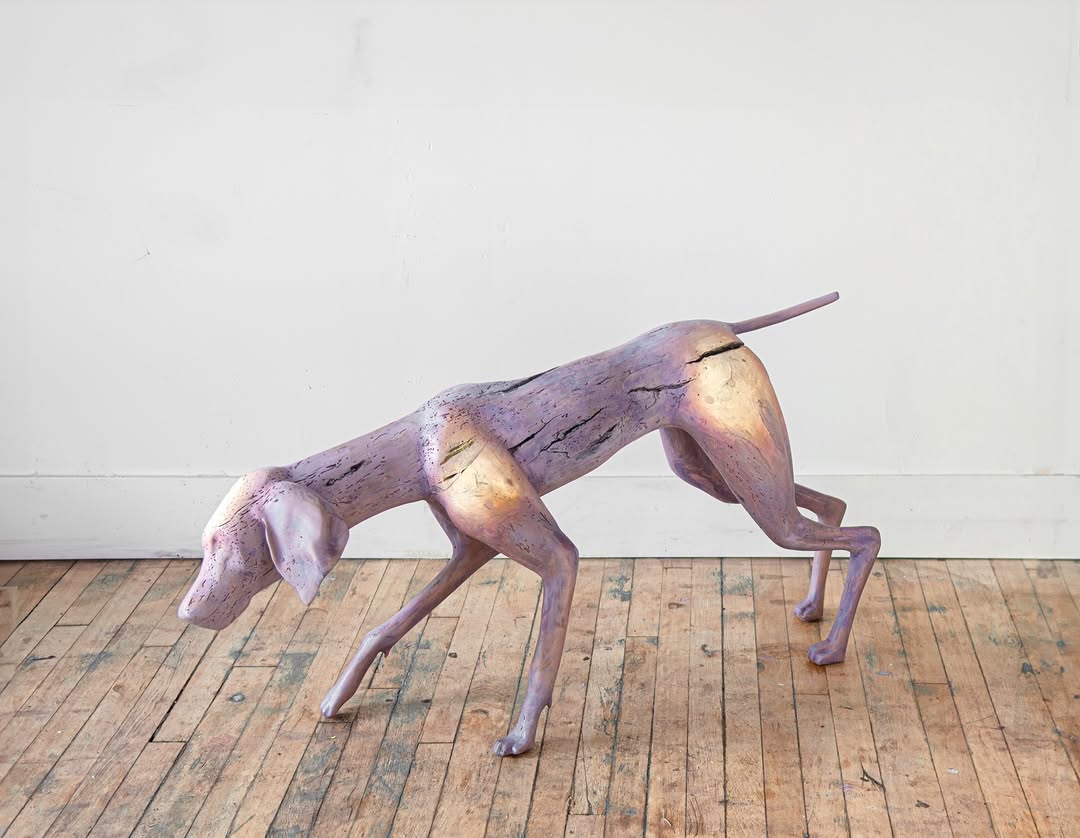
source @psychicjacuzzi
Drawing mythological characters like Greek gods, Norse warriors, or legendary beasts can be an exciting way to blend storytelling with art. Adding symbolic elements such as crowns, weapons, or celestial patterns enhances the fantasy theme of your sketches. Use dramatic lighting effects to create a sense of mystery and power in your drawings. If you enjoy mythology, you might find inspiration in ancient sculptures, fantasy movies, or folklore books. To achieve intricate detailing, consider using a set of mechanical pencils for precise line work.
11. Fantasy Landscapes: Create Otherworldly Scenery
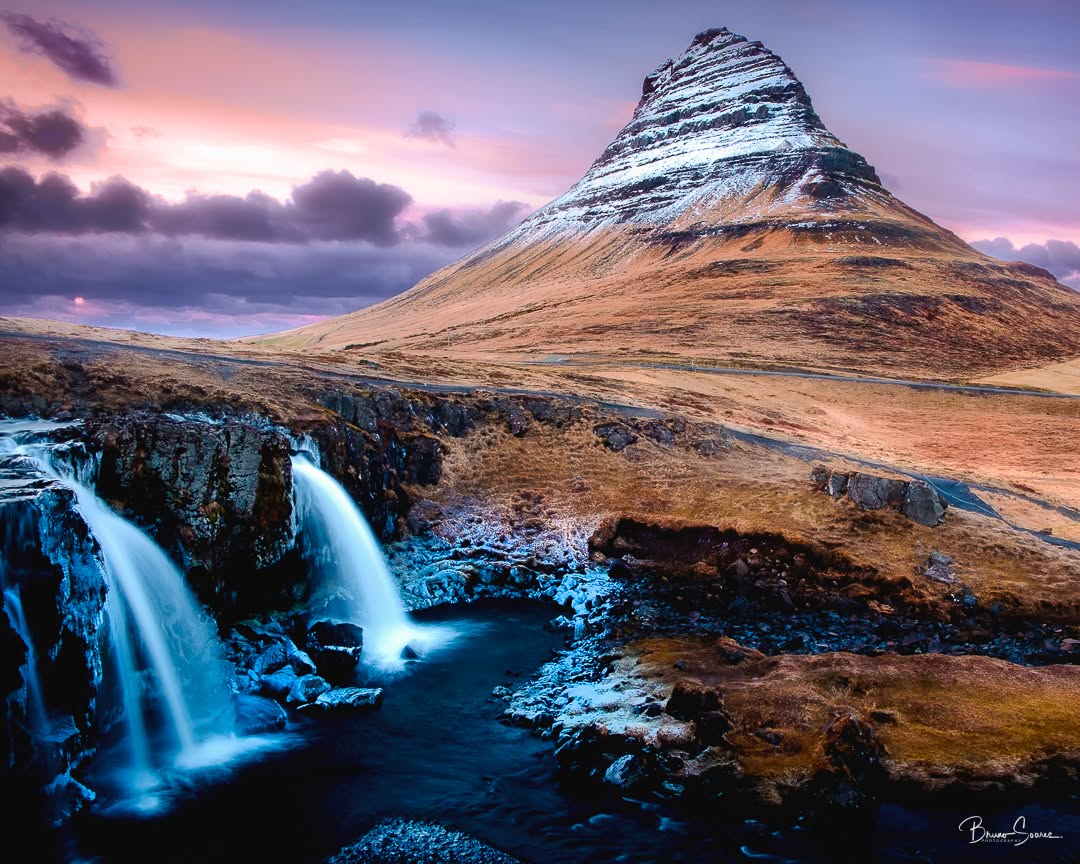
source @brunosoaresphotography
Designing dreamlike landscapes filled with floating islands, enchanted forests, or futuristic cities lets you explore world-building through art. Focus on depth and perspective to create an immersive effect, using shading techniques to enhance the atmosphere. Try incorporating glowing elements like magic portals, starry skies, or bioluminescent plants for a surreal touch. Experimenting with soft charcoal or colored pastels can help you achieve ethereal lighting effects in your fantasy sketches.
12. Abstract Art: Play with Shapes and Textures
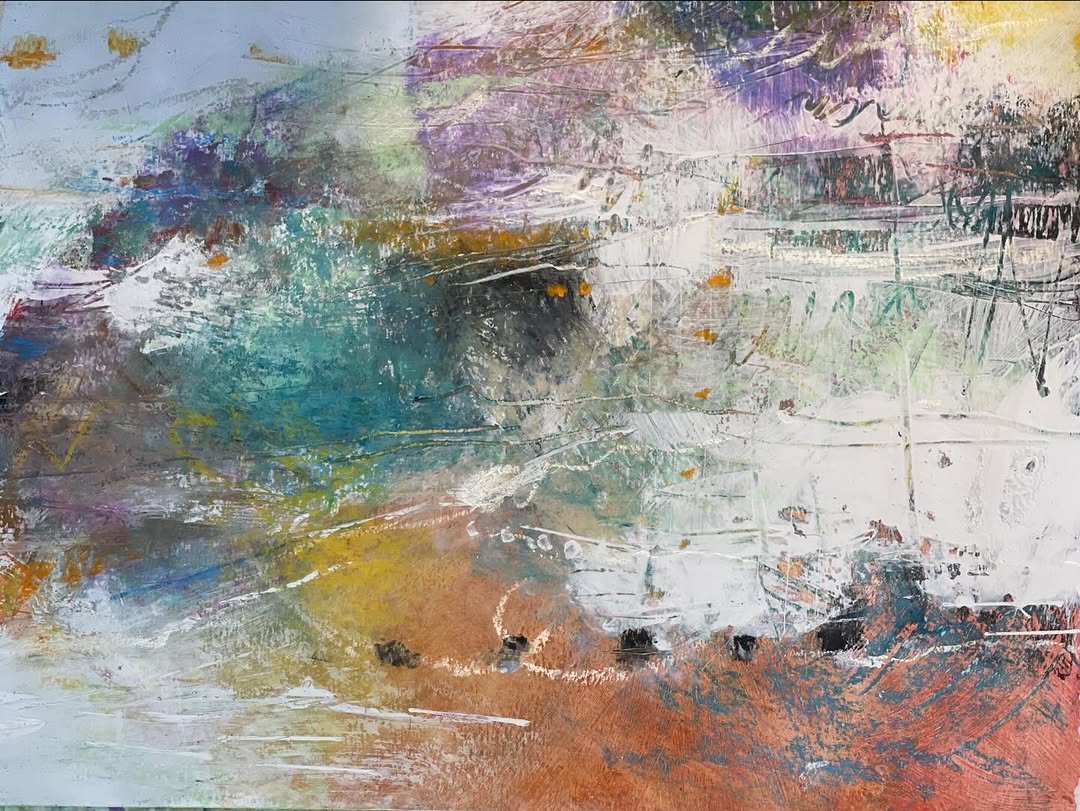
source @johnmetzart
Abstract sketching frees you from the constraints of realism, allowing you to experiment with fluid lines, geometric shapes, and unconventional textures. Whether you prefer minimalist line art or complex compositions, abstract sketching offers a unique way to express emotions. Playing with contrast, shading, and negative space can add depth to your work. A mix of ink pens, charcoal, and watercolor pencils can help create intriguing textures and patterns.
13. Ocean-Inspired Sketches: Capture the Beauty of the Sea
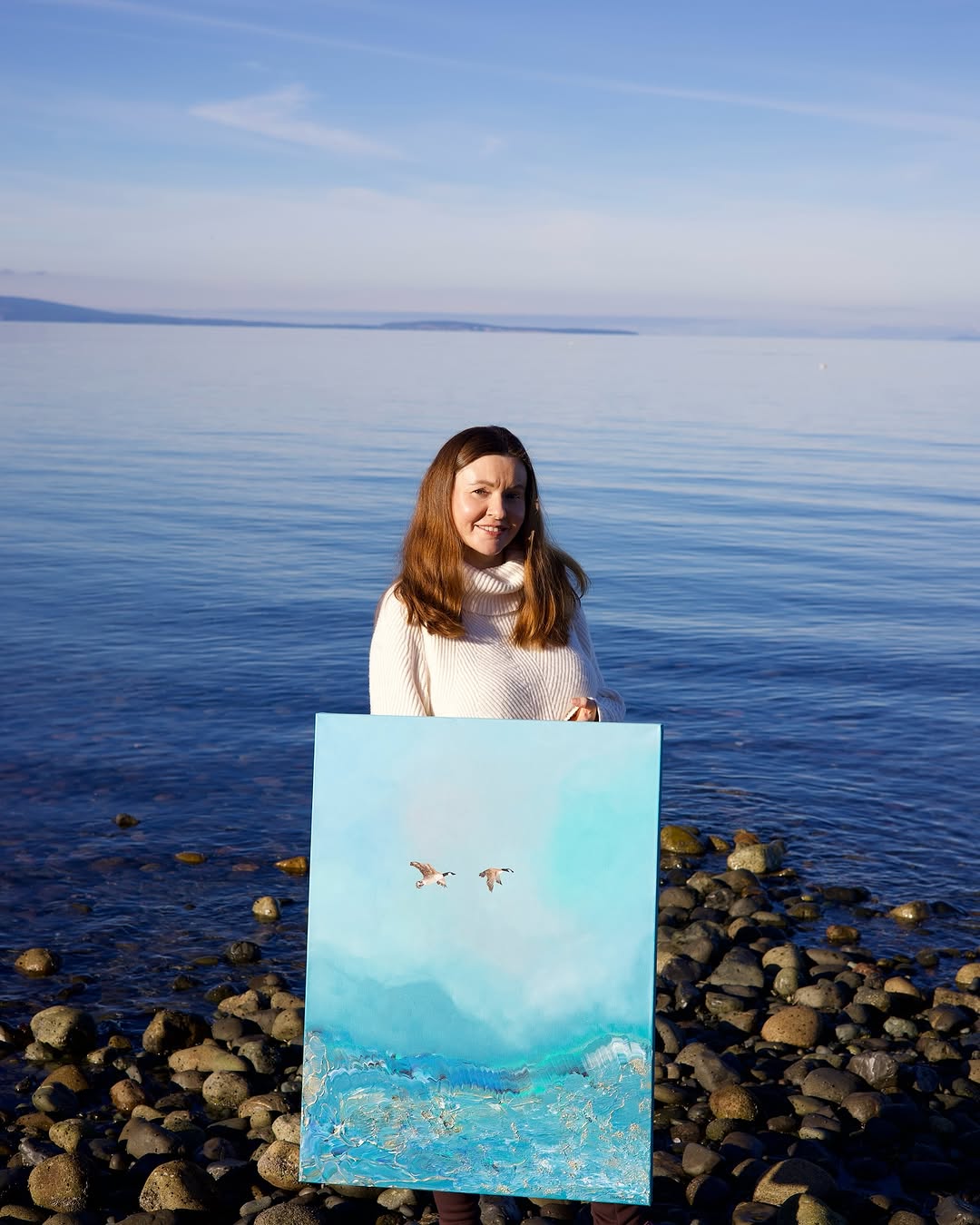
source @zhannasamsonovaartist
The ocean provides endless inspiration for sketching, from graceful sea creatures to crashing waves and shipwrecks. Drawing marine life like jellyfish, whales, or coral reefs can be a fun way to practice capturing movement and intricate textures. Experimenting with wavy lines and gradient shading can create the illusion of flowing water. White gel pens work wonderfully for adding highlights and reflections, making your ocean sketches more dynamic.
14. Botanical Line Art: Simplistic and Elegant
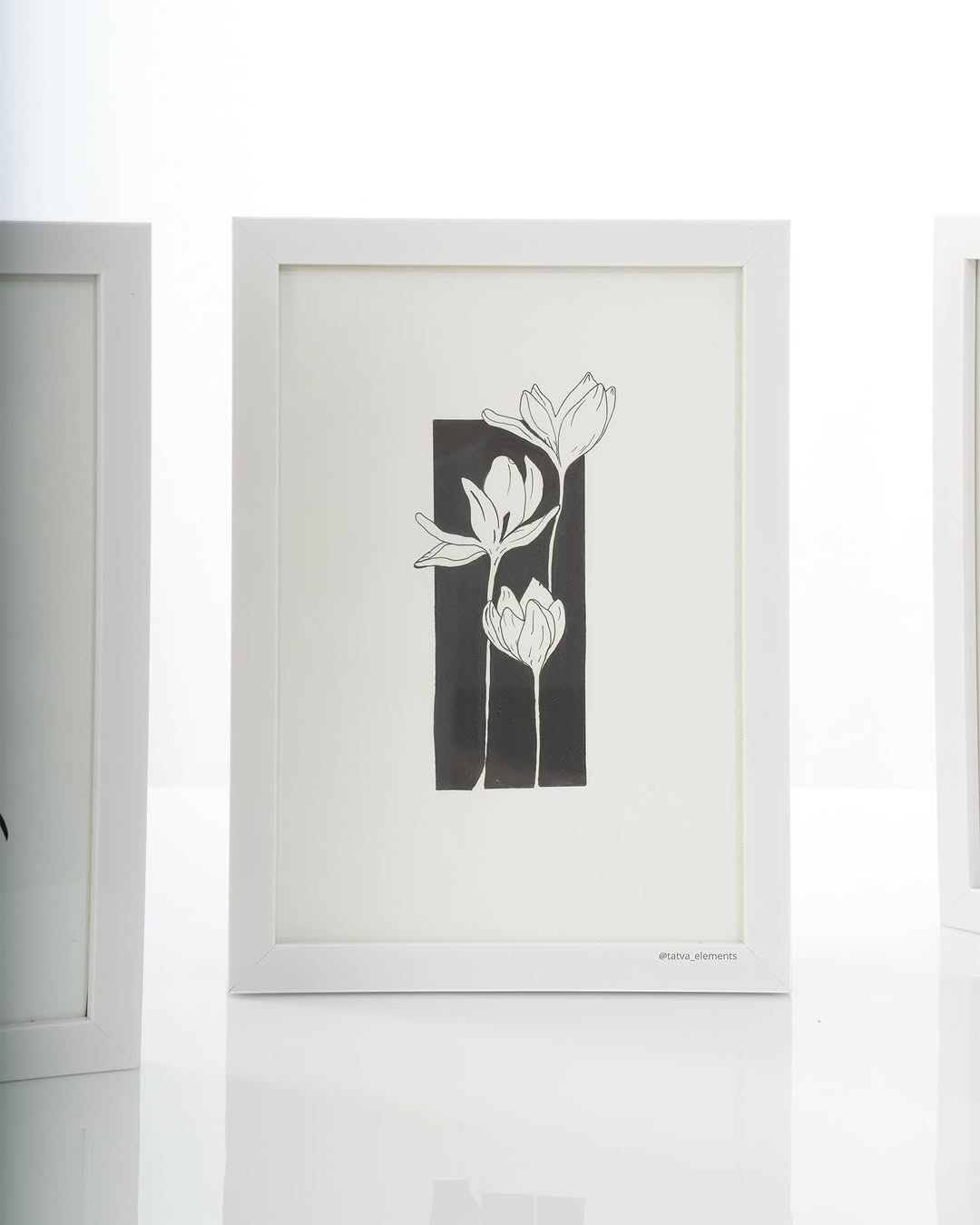
source @tatva_elements
Botanical line art is a popular style that focuses on the beauty of plants through delicate, clean lines. These minimalist sketches often feature leaves, flowers, and vines with little to no shading, emphasizing the elegance of simplicity. To achieve crisp and precise botanical sketches, using fine liner pens or ink drawing sets can be helpful. This type of art also works well for tattoos, greeting cards, or home decor prints.
15. Optical Illusions: Test Your Perspective Skills
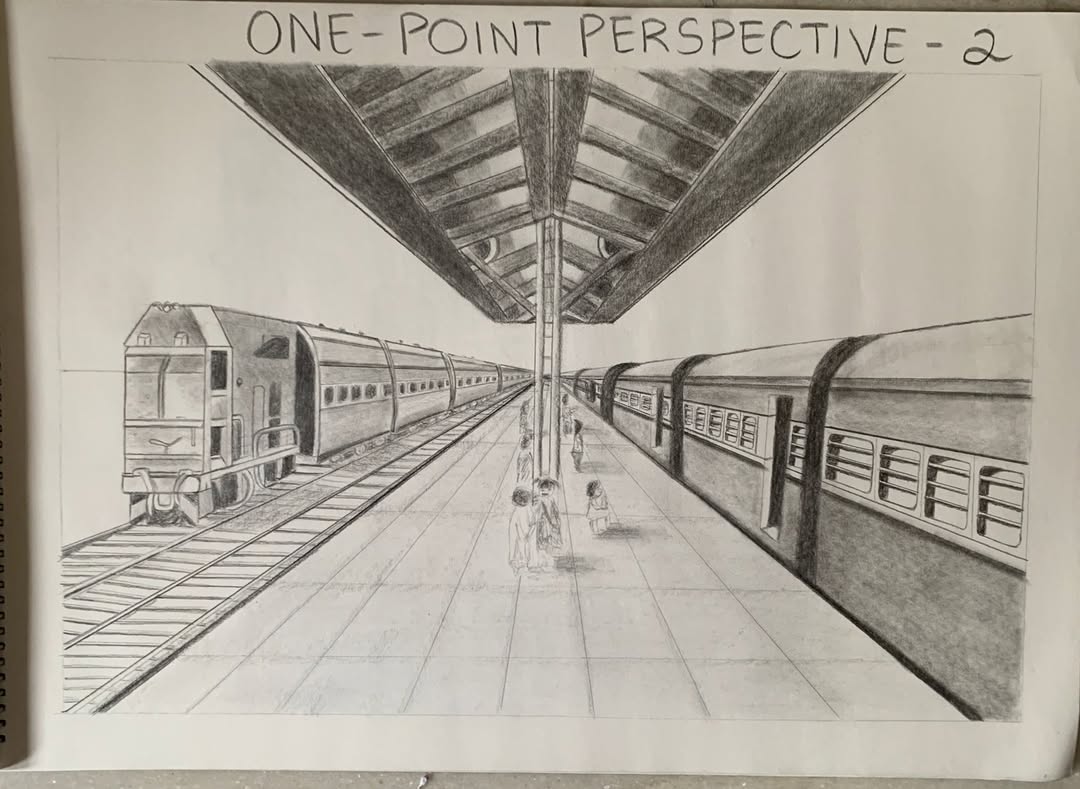
source @sampratishta
Sketching optical illusions is a fascinating way to challenge your understanding of depth, shadow, and perception. Designs like 3D cubes, impossible staircases, or distorted faces trick the eye and create a sense of movement within a static drawing. Precision is key in these sketches, so a ruler and fine-tip pens are essential tools. Looking at classic illusionary artworks, such as those by M.C. Escher, can provide valuable inspiration.
16. Fantasy Weapons: Design Swords, Shields, and Armor
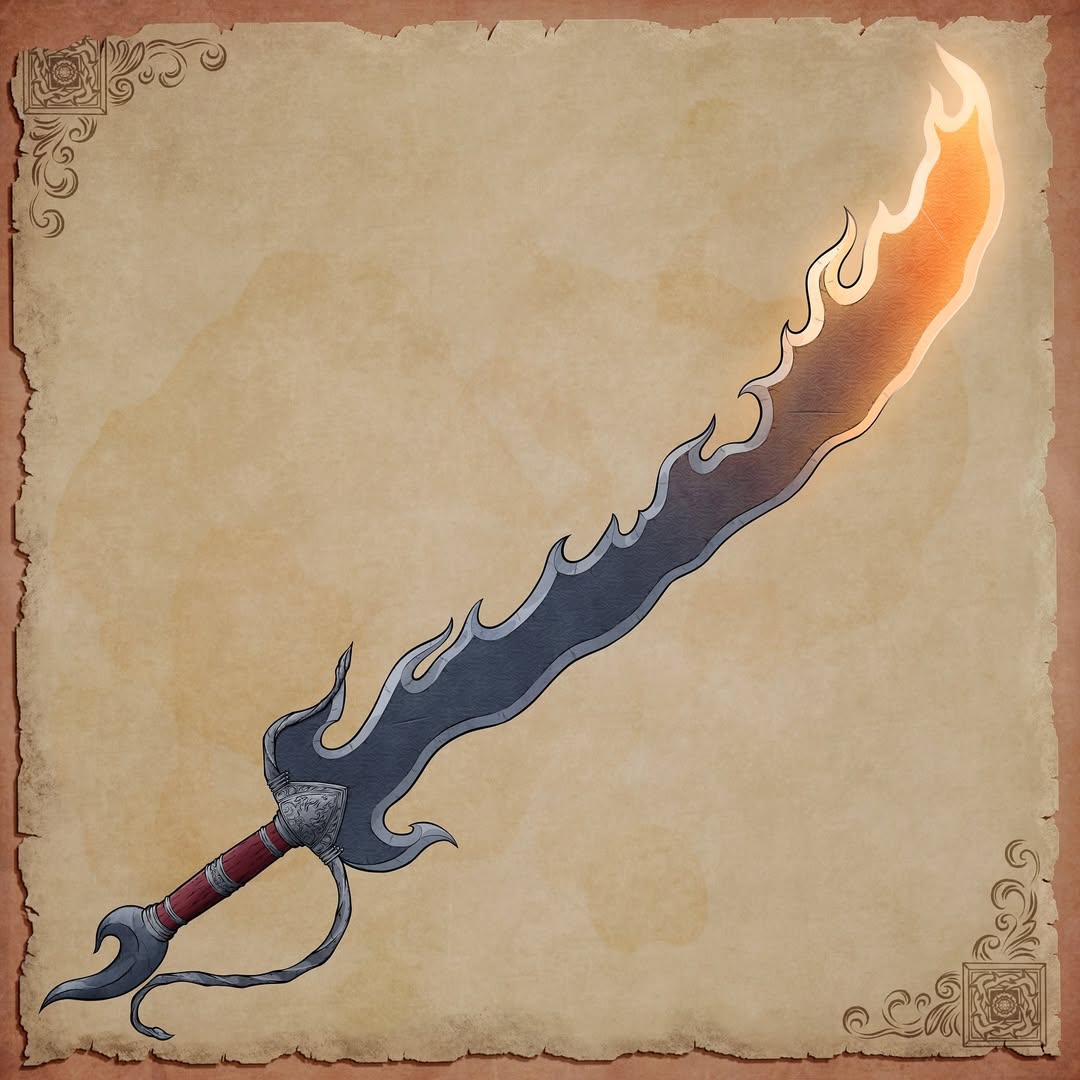
source @the_artifact_armory
Creating your own fantasy weapons allows for endless creativity, whether you’re designing enchanted swords, futuristic laser guns, or ancient shields. Focus on intricate engravings, unusual shapes, and unique materials like glowing crystals or magical metals. If you enjoy video game or movie concept art, this sketching idea is perfect for pushing your imagination further. Mechanical pencils and metallic gel pens can enhance the finer details of your weapon designs.
17. Hands and Feet: One of the Hardest Yet Most Rewarding Sketches
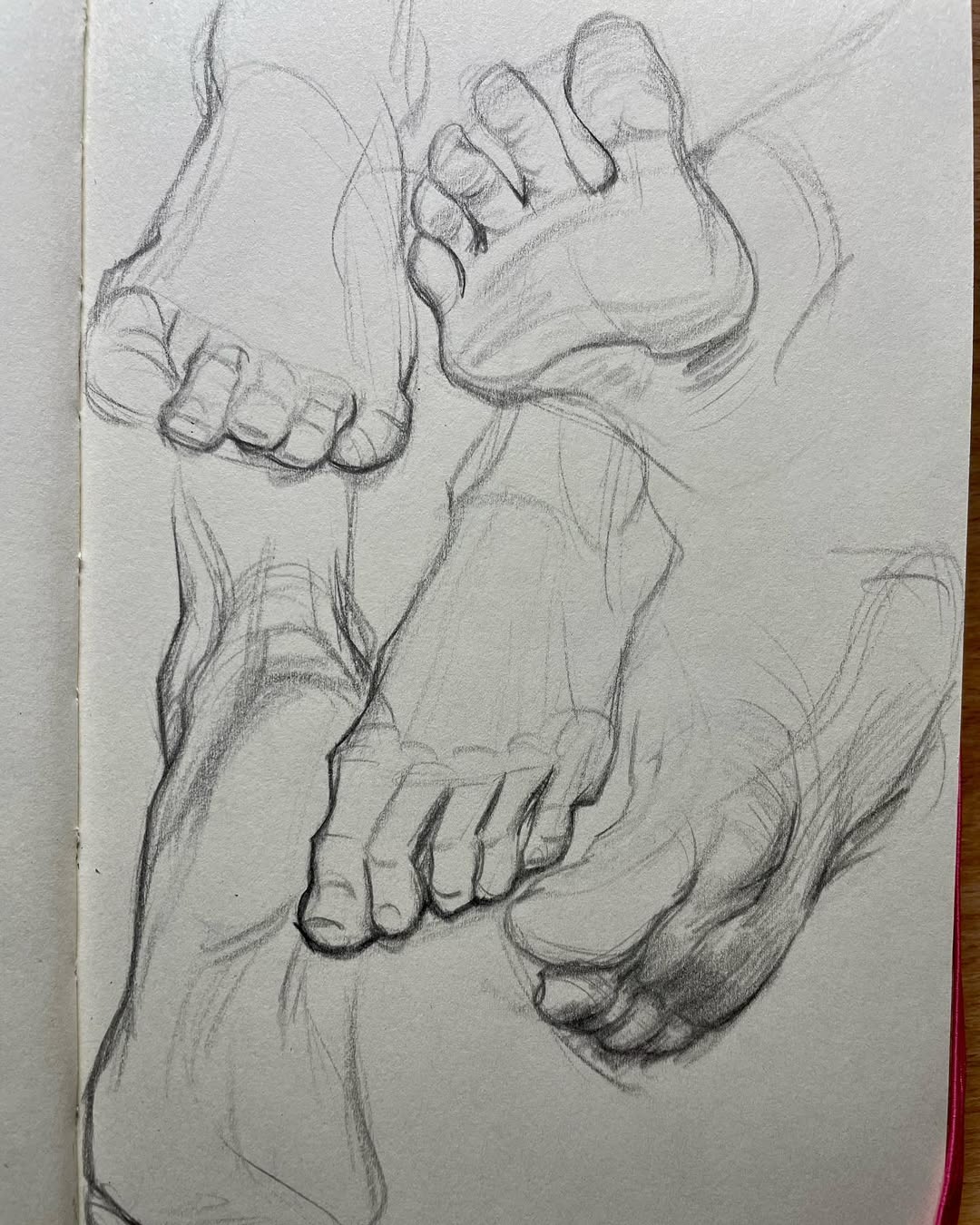
source @hassaneart
Many artists struggle with drawing hands and feet due to their complex structures and proportions. However, mastering these features significantly improves your figure-drawing skills. Start by breaking them down into simple shapes, then refine your sketches with attention to joints, wrinkles, and fingernails. Using a reference book or hand mannequin can help improve accuracy.
18. Food Illustrations: Sketch Delicious Treats with Realistic Textures
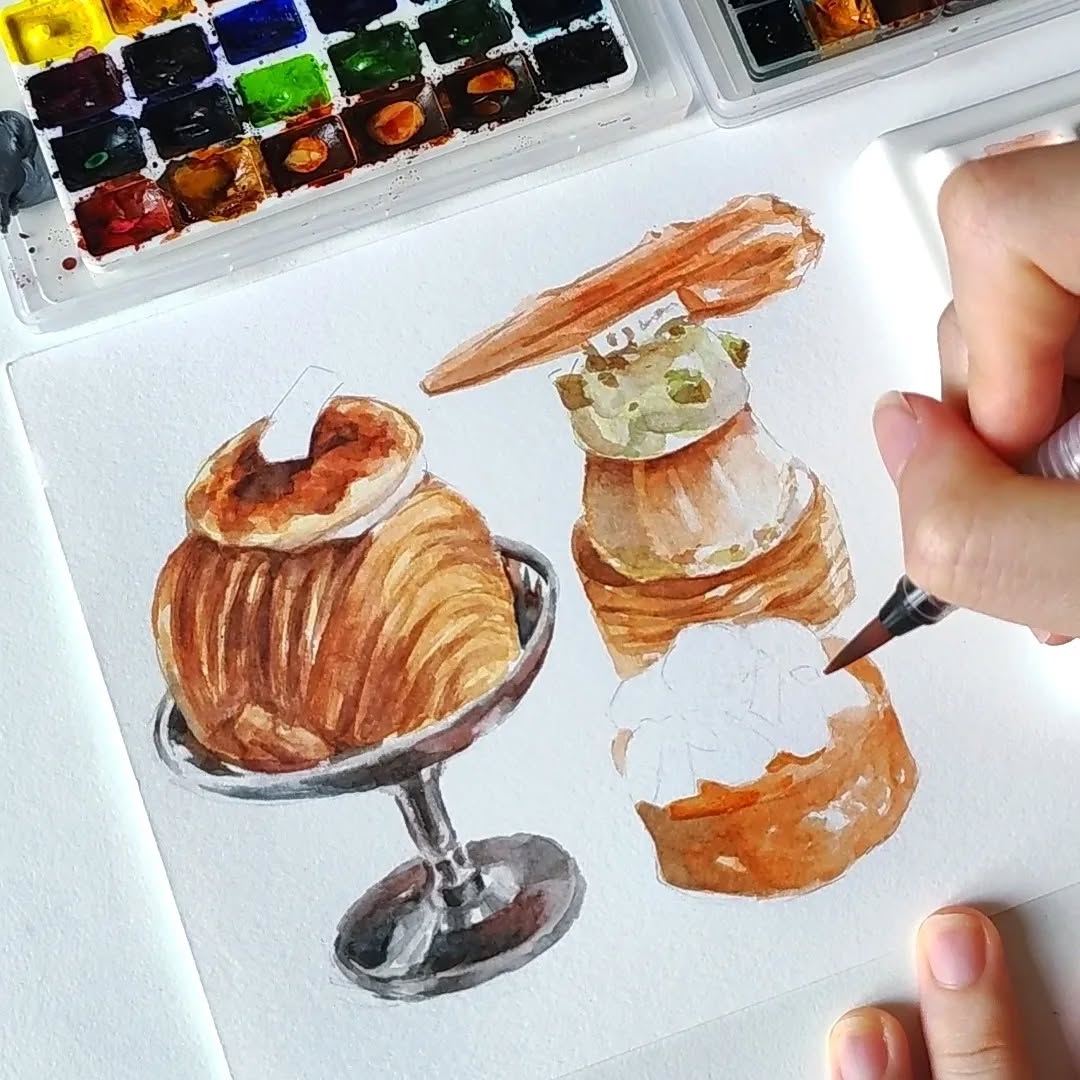
source @blue._.illustration
From vibrant fruits to decadent desserts, sketching food can be a delightful way to practice textures, shapes, and reflections. The challenge lies in capturing the softness of bread, the glossy sheen of a cherry, or the delicate frosting swirls on a cupcake. Artists can experiment with shading techniques to bring out realism—smooth blending for creamy textures, cross-hatching for rough crusts, and highlights for glistening surfaces. Using colored pencils, fine-tip markers, or watercolor pencils can add depth and vibrancy to food illustrations. Whether you’re sketching an elaborate charcuterie board or a simple cup of coffee, this subject is sure to make your art pop. If you love food and travel, consider keeping a food sketch journal to document meals from different places, turning each dish into a mini masterpiece.
19. Celestial Art: Sun, Moon, and Stars Sketches for a Dreamy Effect

source @suelynntan
Celestial sketches take inspiration from the beauty of the universe, featuring elements like moons, planets, constellations, and nebulae. These artworks often blend mystical and sci-fi themes, making them ideal for star lovers and space enthusiasts. Artists can experiment with negative space to create a glowing effect or add intricate details like zodiac symbols and shooting stars for a personal touch. Using gel pens, metallic markers, and dark-toned sketchbooks enhances the magical quality of celestial art. If you love astrology, consider sketching birth charts or lunar phases to give your artwork a deeper meaning. A white gel pen can help add twinkling stars or glowing halos to planetary sketches, making the night sky come alive on paper.
20. Travel-Inspired Sketches: Illustrate Your Dream Destinations
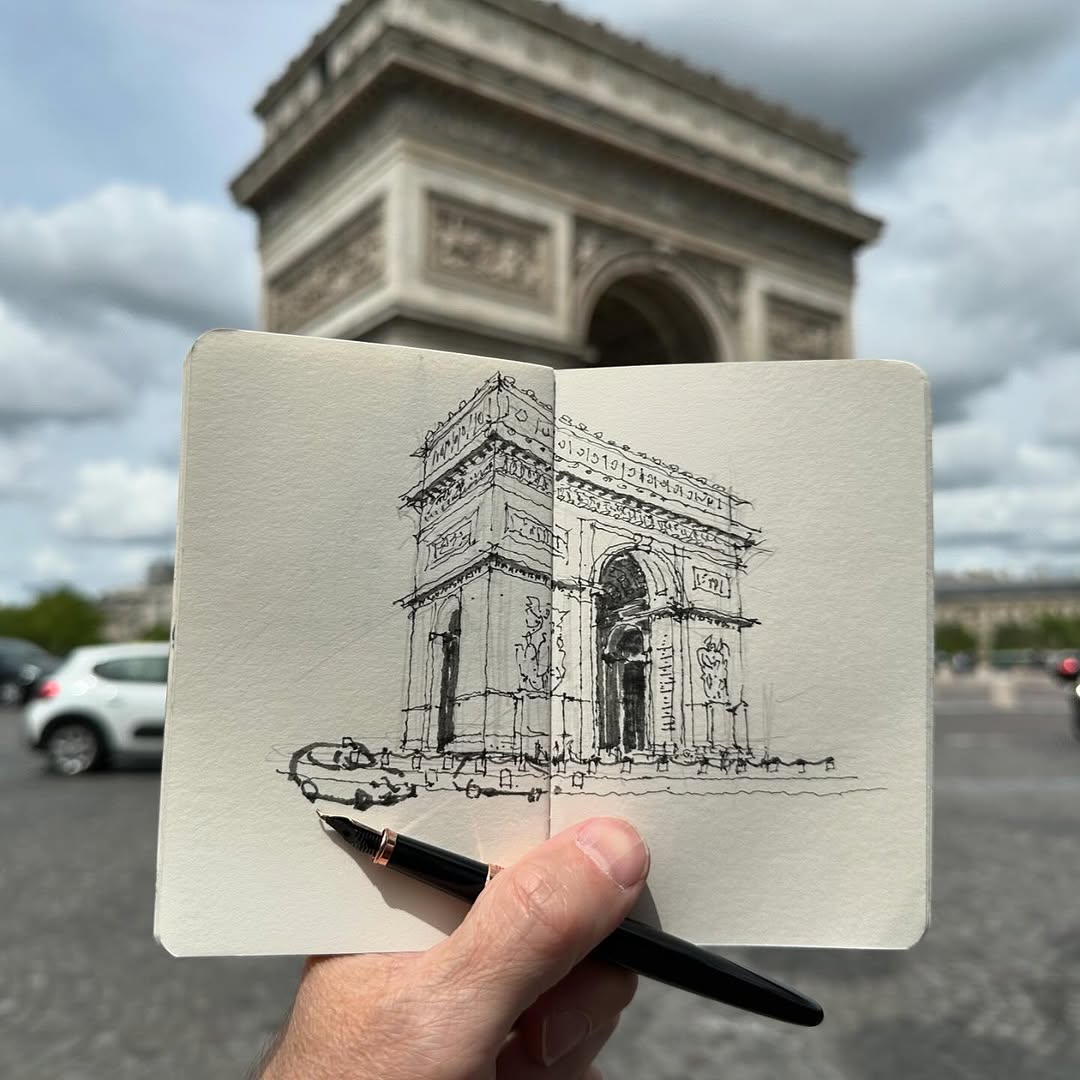
source @gabicampanario
Bringing travel memories to life through sketching is a wonderful way to preserve the magic of a place. Whether it’s the Eiffel Tower, a cozy Italian café, or a tropical beach, drawing famous landmarks and scenic landscapes helps improve perspective and architectural detailing. Artists can practice capturing the unique characteristics of different cultures, from the ornate windows of Moroccan riads to the minimalistic Zen gardens of Japan. For sketching on the go, a portable watercolor set and travel sketchbook are must-haves, allowing you to document your adventures in an artistic way. If you haven’t traveled yet, don’t worry—use online photos or dream destinations as your inspiration. Creating a travel-inspired sketch journal can serve as a creative bucket list, helping you visualize places you’d love to visit one day.
21. Fantasy Portraits: Bring Magical Characters to Life
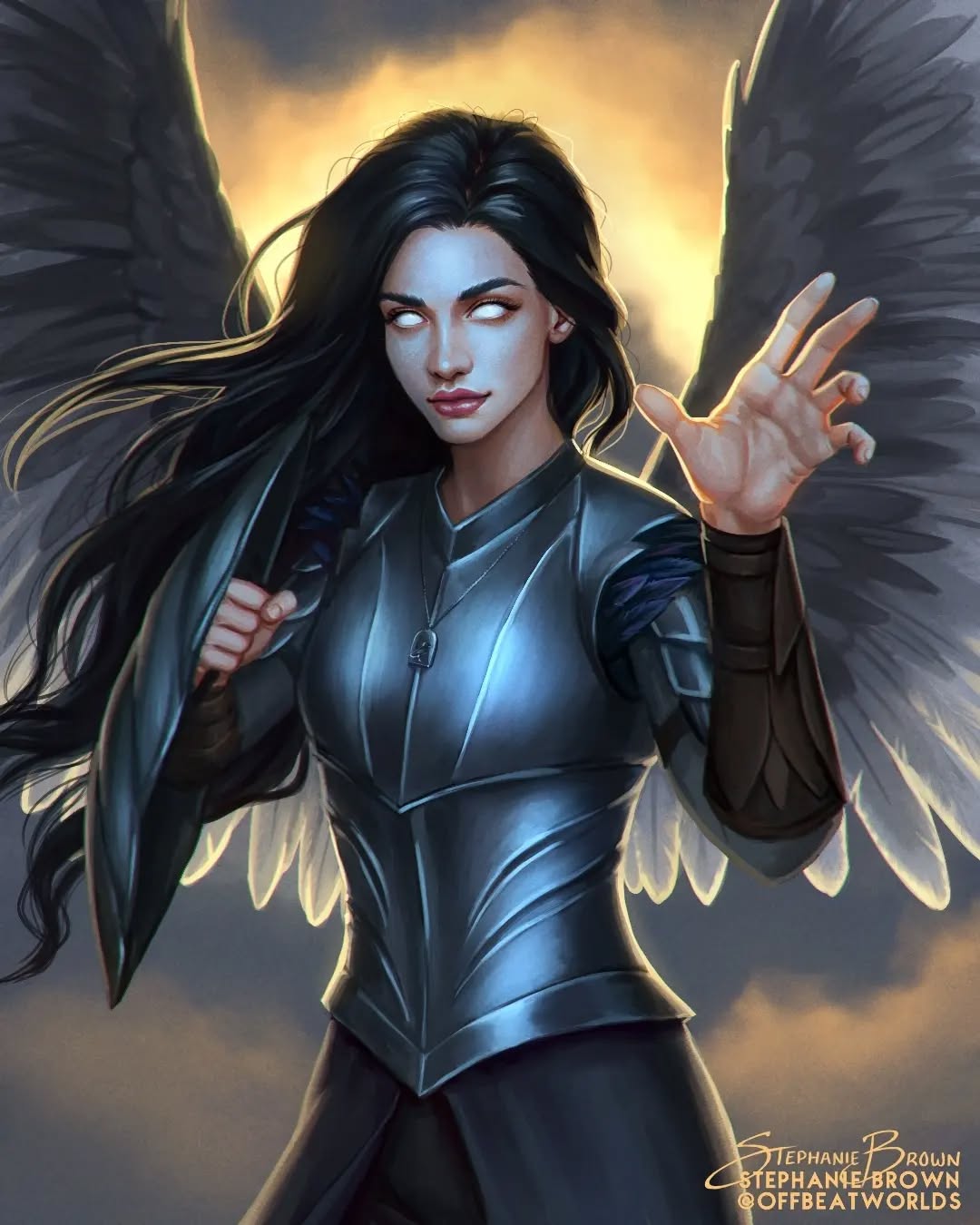
source @offbeatworlds
Taking portrait sketches to a fantasy level involves blending realistic facial features with supernatural elements. Think of elf-like ears, glowing eyes, intricate headpieces, or ethereal hair that flows like a galaxy. Fantasy portraits allow artists to push their creativity, designing characters with mystical auras, celestial freckles, or enchanted jewelry. The key is in the small details—subtle shading around the eyes for depth, shimmering highlights to add a magical glow, and expressive features to tell a story. Using soft pastels, metallic gel pens, and fine liners can bring out different textures, from silky hair to shimmering skin. If you enjoy creating character-based art, try sketching a fantasy self-portrait, imagining yourself as a warrior, fairy, or celestial being.
22. Whimsical Doodles: Fun and Easy Freehand Art for All Skill Levels
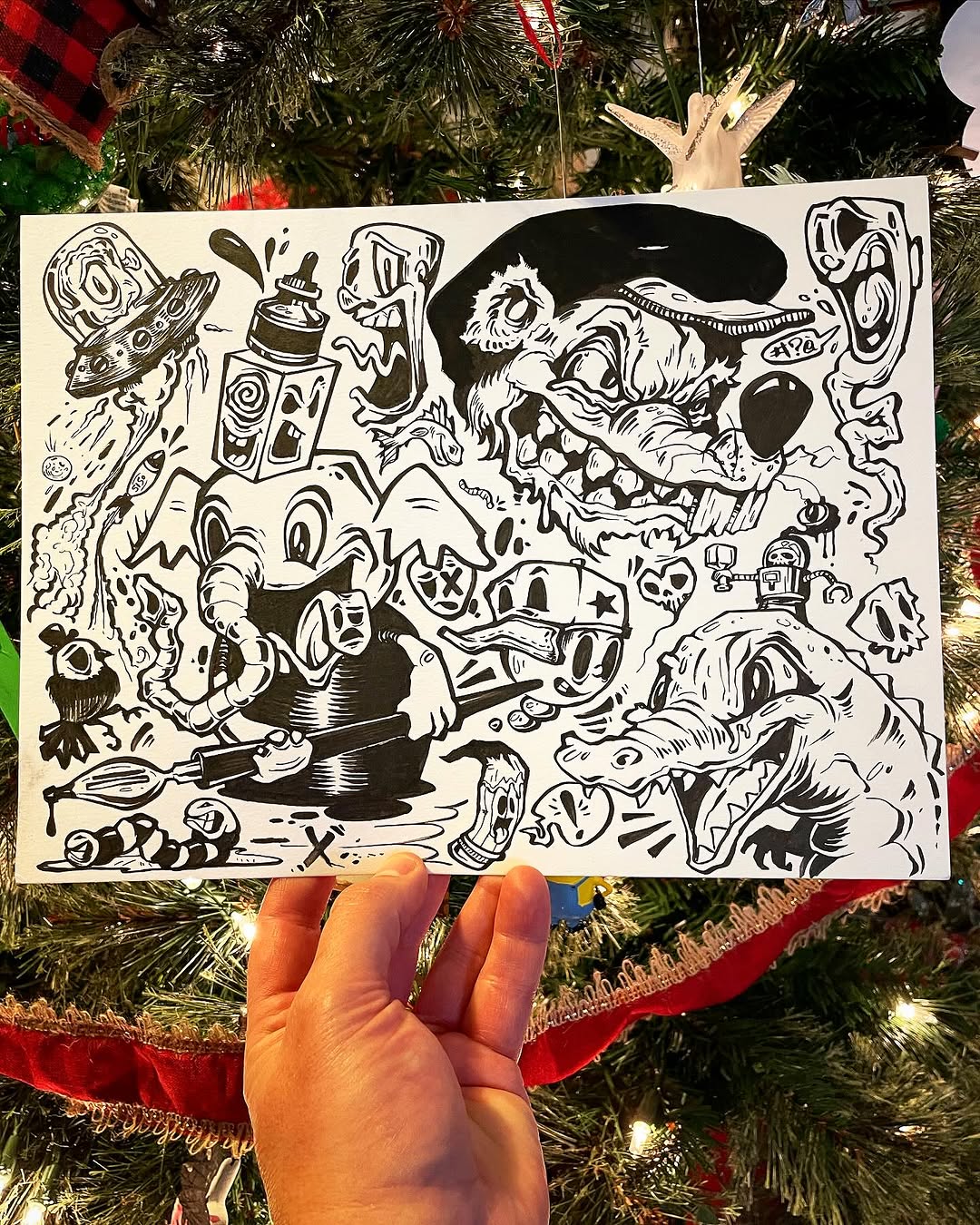
source @artworkbyjpg
Doodling is a stress-free way to let creativity flow without overthinking. Whether it’s quirky animals, silly faces, tiny landscapes, or random shapes, doodles allow you to experiment freely and improve hand coordination. Unlike structured drawings, doodles don’t require perfect proportions or details, making them accessible for artists of all levels. You can create themed doodles, such as a coffee-inspired doodle page with mugs, croissants, and coffee beans, or a space doodle collection featuring aliens, planets, and spaceships. Using bullet journals, dot-grid sketchbooks, and fine-tip markers makes it easier to structure and refine your doodles. If you want to challenge yourself, try one-line doodles, where you draw an entire design without lifting your pen—this technique enhances flow and confidence in sketching.
23. Personalized Name Art: Turn Words into Stunning Artwork
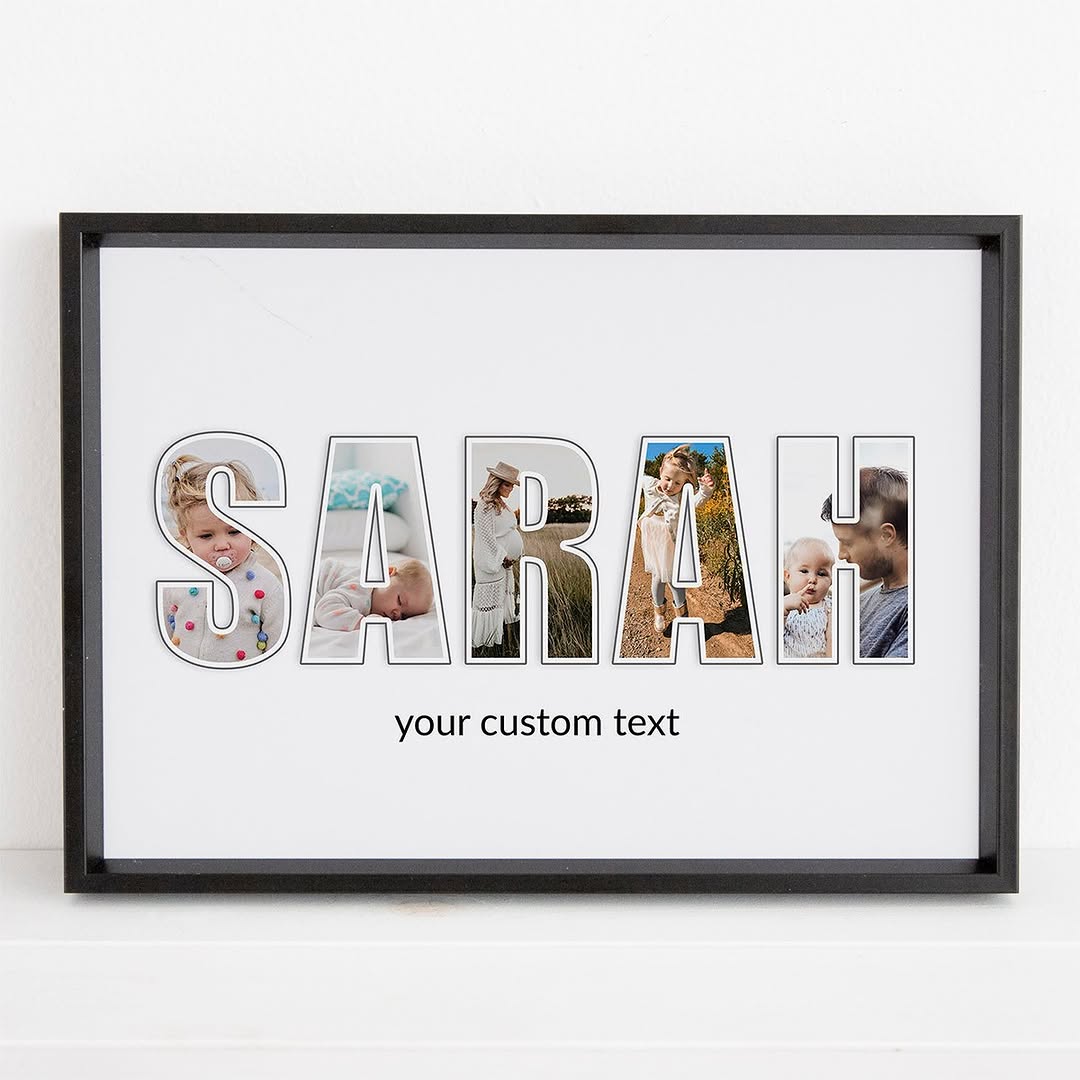
source @autumndesigns.co.nz
Lettering and name art transform simple words into decorative, stylized artwork. Whether it’s a calligraphy-inspired sketch, graffiti-style typography, or an intricate floral name design, this type of sketching is a perfect blend of creativity and personalization. Artists can experiment with different fonts, adding embellishments like vines, butterflies, or geometric shapes to make names stand out. Brush pens, dual-tip markers, and calligraphy sets are excellent tools for achieving smooth strokes and bold lettering effects. Personalized name sketches make fantastic gifts—consider designing a framed name art piece for a friend or a child’s room decor. To add extra flair, combine lettering with mandalas, watercolor splashes, or gold foiling to make your name art even more eye-catching.




